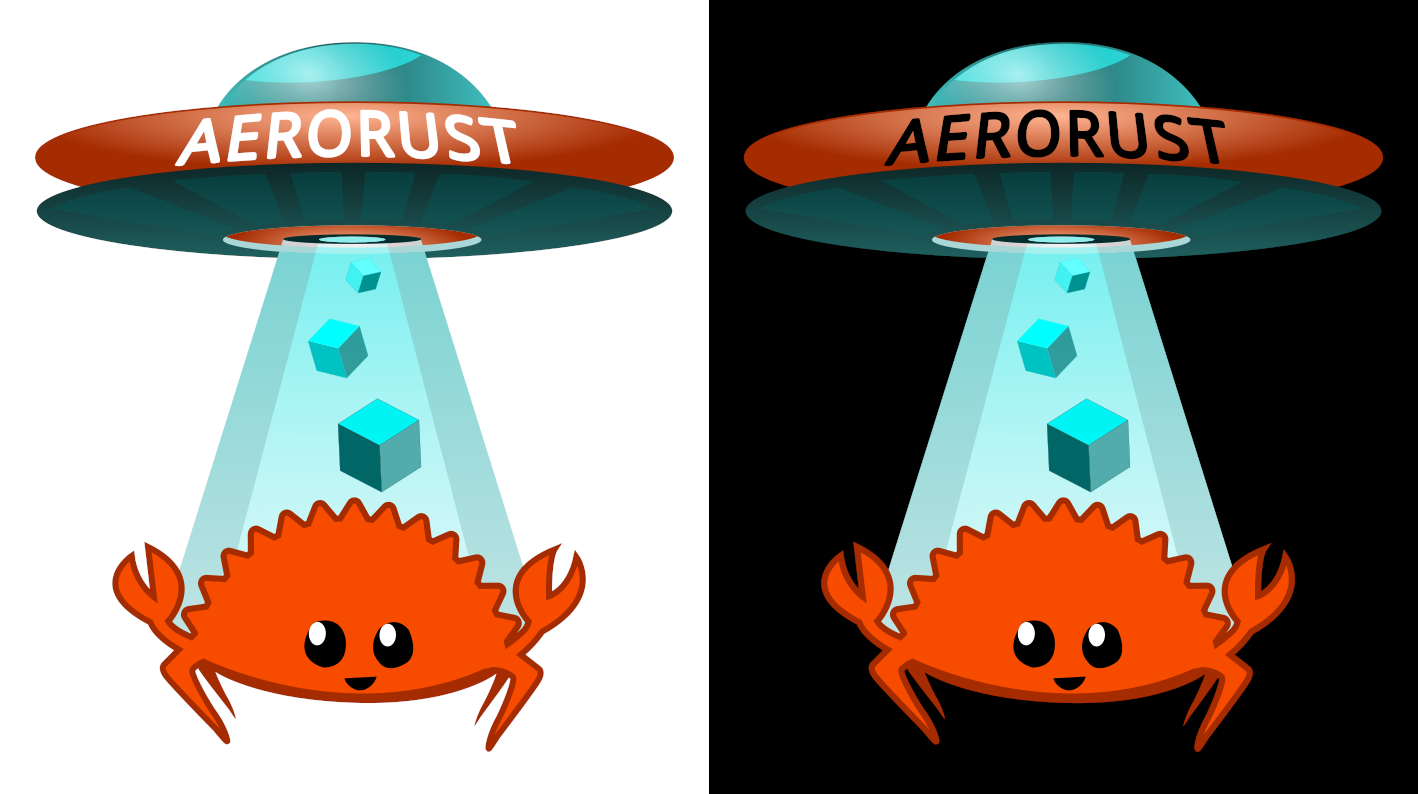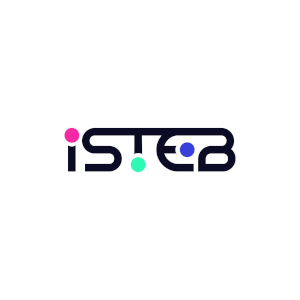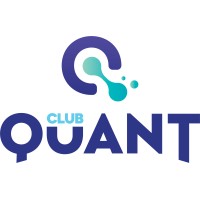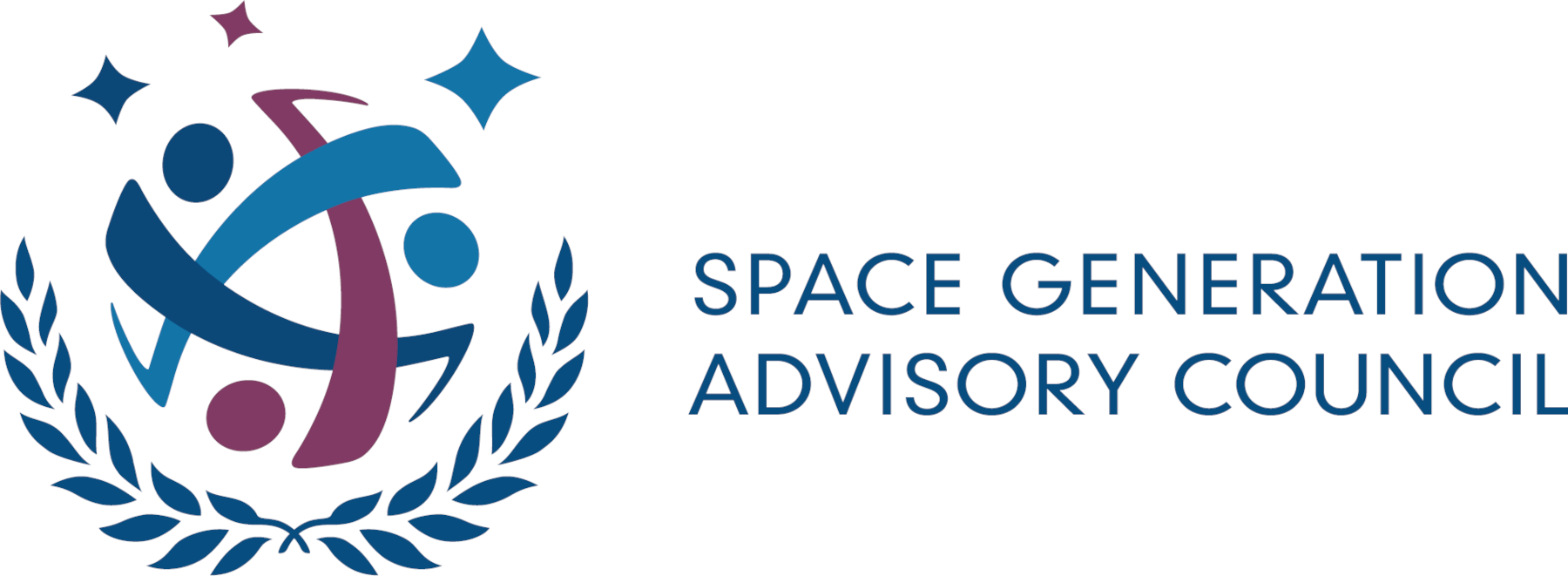Space Conference - Plovdiv (2024)

Information
Hello and welcome to this year's edition of the Space Conference - Plovdiv (2024).
The ticketing system for this event and a source of the latest information can be found at: https://tickets.paysera.com/en/event/kosmiceska-konferencia-plovdiv-space-conference-plovdiv
After the event on 28th of September 2024 all information was moved to here (the official AeroRust website) for future reference and inclusion of all the (recorded) videos from the day.
We started organizing this conference annually to inspire young people towards space technology and development, but also to revive the childhood dreams and imagination in each of us.
Tickets information
We remain true to our belief in the accessibility of these events, so this year our event remains completely free!
We ask that you take your ticket in case you will attend, as this serves us to organize the catering optimally. If you are unable to participate, please cancel your ticket or let us know. The last thing any of us wants is to throw away unused or spoiled food.
You will notice that this year we have also included paid tickets in case you wish to support our work.
Along with paid tickets, you'll also find t-shirts with a unique AeroRust community design.
Due to logistics and timing, t-shirts available at the conference are limited to 1 week prior to the event 23.09.24. For post-conference pickup t-shirts, we will contact you to obtain a shipping address.
Shipping is not included in the price of the T-shits.
Event goals
We live in a unique moment in time where interest in space and space development is back in full swing.
This puts our small country, Bulgaria, in a unique position, with rich development experience, its own cosmonauts and hidden childhood dreams that have died down over time.
Let's reignite the spark in each of us, young and old, and become the explorers, dreamers and inventors of the moment!
Agenda and videos
On-site and Live on YouTube: youtube.com/AeroRust
Live stream recording can be found here: Space Conference - Plovdiv (2024) live stream
Recording of the presentations can be found in the Space Conference - Plovdiv 2024 playlist:
9:00 - Coffee
10:00 - 🇧🇬 / 🇬🇧 Opening: "Communities around the world" by Lachezar Lechev (Community manager at AeroRust)
Slides: Coming soon
Due to technical issues, we do not have recording of the opening.
10:30 - 🇬🇧 "Open Access: How Axiom Space is Getting Bulgaria to the Stars" by Simon Jenner (Axiom Space)
Abstract:
Axiom Space has the mission to improve life on Earth and foster possibilities beyond it by building and operating the world’s first commercial space station. This will be a thriving home in space that benefits every human, everywhere. Simon will present an overview of Axiom Space's activities globally (and beyond), with their space station, private astronaut missions, and building the space suits for humanity's return to the Moon.
Bio:
Simon makes space more accessible for individuals, companies, and countries around the world. Australian born and raised, he now lives in Sofia, Bulgaria and works for Axiom Space – who are building the world’s first commercial space station, building the spacesuits for humanity’s return to the lunar surface, and is the only organisation in the world sending private astronaut missions to the International Space Station. His day job at Axiom is to lift the global space ecosystem through the company’s unique position as the only commercial entity able to undertake these private missions, getting countries, individuals, corporations or academic institutions to space. Simon has a Bachelors Degree in Civil Engineering from the University of Adelaide, Australia, and a Masters of Space Studies from the International Space University in Strasbourg, France. In a past life in Australia, Simon was a leader within the waste management and recycling industry, working in numerous sales, innovation and management roles for Cleanaway Waste Management, as well as Board positions on the Waste Management Association of Australia and the Landfill Owners Association.
11:15 - 🇧🇬 Physics experiments
11:40 - 🇧🇬 "Gaining the most from your higher education: The Key Role of Student Groups and Societies" by Dimitar Ferdinandov (MEng Aerospace Engineering)
Abstract:
In the field of youth policy, Great Britain is recognised as one of the pioneers of the modern understanding of student self-governance. It is therefore not surprising that active student participation plays a key role in Higher Education, even in the field of aerospace engineering. This presentation aims to first familiarise the audience with the differences in the educational strategy in STEM of the United Kingdom and those of Bulgaria and most countries in Europe - how capacity is quickly built, what are the topics and areas on which education in the field of aerospace technologies focuses, how it is taught, how universities collaborate. The key role of student groups and communities is then analysed from two major aspects. On the one hand, how the participation dictates the development of education as a whole, and on the other - the impact of student groups and societies on personal and professional development of the students. Suggestions are made on how to develop and nurture such communities.
Bio:
Dimitar Ferdinandov is a recent masters graduate in Aerospace Engineering from the University of Birmingham and is active in the field of education, including in his capacity as a Bulgarian Youth Delegate to the Council of the EU and a co-founder of an educational technology start up, developing educational tools in the field of engineering. As a president of the University of Birmingham Space Society he has worked on ensuring students with wider academic background gain hands-on experience in the field of space and has enabled and worked on interuniversity engineering projects.
12:05 - Lunch
13:00 - Artificial Intelligence (workshop) by Nikolay Chortov
Video: Coming soon
13:50 - 🇬🇧 "Machine Learning in Radio astronomy" by Lyuben Branzalov (BAS)
Abstract:
At this moment, the foundations of the Bulgarian radio astronomy telescope, part of a European consortium and the LOFAR project, are being built. We'll be showcasing the basics of radio astronomy and possible studies of the universe in frequencies above 10-20 MHz. We will take a look at the ability to apply machine learning in relation to the huge amount of data and the Radio Astronomy of the Sun.
Bio:
Software Engineer studied in Edinburgh, Scotland Computer Science. Google Scholar as part of the Grow with Google program. Student at Sofia University majoring in Astrophysics, Meteorology and Geophysics. Intern at LOFAR Machine Learning at the Institute of Astronomy at the Bulgarian Academy of Sciences.
14:15 - Coffee break
14:30 - 🇧🇬 "Micro-cosmos and the Universe" by Stoyan Sargoytchev (World Institute for Scientific Exploration)
Abstract:
Микрокосмос и Вселена. Ние сме една извънредно малка частица от необятната Вселената и при това твърде отдалечени и от микрокосмоса. Мащабът е огромен, но желанието ни да разберем каква е връзката между тях е съвсем естествено. Нашите познания се градят на наблюдения и експерименти в различни области, но между тях има огромни празнини. При опита да се запълнят липсващите звена се създават хипотези и теории, но доказателствата дали те са верни е под въпрос. Един от най-сигурните критерии за достоверност е липса на противоречие с човешката логика. Съвременната ни представи за микрокосмоса и Вселената обаче не издържат на този критерий.
Bio:
Стоян Съргойчев завършва Технически Университет, София през 1971, след което защитава дисертация по физика към БАН. Работи по космически проекти в сътрудничество с бившите соц-страни, Индия и Франция. През 1990 г. по покана от Корнелски университет, САЩ работи 2 години в Обсерваторията Аресибо. После чрез конкурс постъпва на научна длъжност и работи последователно към два Канадски университета до 2012 г. Паралелно с работата по проекти на Канадската космическа агенция, той създава оригинална всеобща БСМ-Супергравитационна теория, публикувана на под името Stoyan Sarg. Освен че предлага нова представа за връзката между микрокосмоса и Вселената, тя предрича създаване на принципно нови технологии.
15:15 - Lightning talks #1
🇧🇬 "Space food Made in Bulgaria" by Vasil Terziev
Slides: Comming soon Video: Coming soon
English translation: Coming soon
In the meantime check the video from the livestream in Bulgarian.
🇧🇬 "Space Camp Turkey" by Vasil Terziev
Video: Coming soon
English translation: Coming soon
In the meantime check the video from the livestream in Bulgarian.
🇧🇬 "Space STEM opportunities for students and teachers" by Dilyana Georgieva
Video: Coming soon
Original title(in bulgarian): Космически STEM възможности за ученици и учители
English translation: Coming soon
15:30 - 🇬🇧 "The Rise of Non-Terrestrial Networks" by Marcin Szczukiewicz (Nokia)
Slides: Comming soon Video: Coming soon
Abstract:
Non-Terrestrial Networks (NTN) are transforming global connectivity by integrating satellites and high-altitude platforms with terrestrial networks. This presentation outlines the goals, intriguing technological aspects, challenges, and current NTN deployments under 3GPP standards like 5G.
Objectives: NTN aims to extend internet and communication services to remote and underserved areas, including rural regions, oceans, and disaster zones. By doing so, NTN helps bridge the digital divide, providing access to vital communication services for all.
Technology Overview: The NTN 3GPP standard proposes using advanced technologies onboard satellites and high-altitude platforms (HAPs) such as balloons and drones that provide coverage from the stratosphere. These technologies enable NTN to offer reliable, high-speed internet even in the harshest conditions. Importantly, NTN aims to use standard terminals without modification.
Challenges: NTN faces challenges such as regulatory issues, the high cost of deploying and maintaining satellite constellations, and ensuring seamless interoperability between terrestrial and non-terrestrial networks.
Current Deployments: Several companies have developed or are in the process of developing NTNs that comply with 3GPP standards.
Interesting Facts and Statistics: NTN can cover more than 90% of the Earth’s surface, including oceans and polar regions. The satellite communications market is expected to reach $53.7 billion by 2027. HAPs used in NTN can stay in the air for months, powered by solar energy.
In summary, NTN under 3GPP represents a groundbreaking approach to achieving global connectivity, changing how we connect with each other no matter where we are.
Bio:
I hold degrees in Electronics and Telecommunications and Data Science. In the telecom industry, I began with leading operators, focusing on network design and development. For the past 15 years at Nokia, I’ve specialized in base station software testing, emphasizing test automation innovations. As a Project Manager, I co-initiated the Unified Test Environment, providing cloud-based test lines for 3G, 4G, and 5G R&D teams globally. Since 2018, I’ve been part of a space projects team developing LTE for NASA’s Moon mission. I am passionate about innovations in electronics, IT, and space and astronomy, and enjoy integrating these fields into cohesive systems.
16:00 - 🇬🇧 "Weekend with IMU" by Dawid Królak
Slides: Comming soon
Abstract:
This talk provides a brief introduction to how I built the "hello world" of avionics: an inertial measurement unit (IMU). We will explore basic concepts, including how to connect various sensors to a microcontroller, develop firmware using Rust's Embassy framework, and implement basic sensor fusion by combining gyroscope, magnetometer, and accelerometer readings into a single output. Although this project is an introductory example, we will also discuss potential improvements to adapt it for real-world aerospace applications.
Bio:
General-purpose programmer with a passion for space exploration and the craft of software development. With over 10 years of experience, I have worked on a wide range of technologies, from low-level middleware thermal image processing, through wind tunnel operating software, up to CRM system. Privately, amateur volleyball player.
16:45 - Coffee break
17:10 - Paulina Chortova (iSTEB) (cancelled)
17:35 - Lightning talks #2
🇧🇬 "How to work with NASA" by Iliya Lambov
Video: Coming soon
18:00 - 🇧🇬 / 🇬🇧 Closing: "The future awaits" by Lachezar Lechev (Community manager at AeroRust)
18:30 - Social
T-shirt design
We offer 2 types of t-shirts - black and white, made of 100% organic cotton. On it you will find the mascot of the Rust programming language - Ferris, the crab, who is being kidnapped by the flying saucer of the AeroRust community.
The community and conference logos will be located at the top on the back side of the t-shirt. (we chose a clean design without any logos)

News
Moved all the information from the payser system to our official website and released the first talk on Youtube.
Date: 28.10.24
Announcing the last 3 speakers in the agenda
Date: 27.09.24
Announcing 2 more speakers in the agenda
Date: 24.09.24
Announcing first speaker and agenda
Date: 20.9.24
Important
Date: 1.6.24
After discussion with the other co-organizers, we decided to postpone the conference from June 8 (Saturday) to 28 September (Saturday). The reasons are unforeseen circumstances with some of the presenters and almost all the students we aimed to attract to the conference will be at another event on the same day. We sincerely apologize for the late decision, but our priority remains the quality of the conference and the people who will subsequently meet at it. We hope to see you then!
Gallery
Coming soon..








